Georgetown, Guyana, is an interesting city, and it would be a pity to miss it when visiting the country. The capital is the heart of the country, where you can learn more about its history and culture, and where you can find the best food and the nicest hotels.
I appreciate that most people who visit Guyana go there to explore the wild interior, but since all international flights to the country land in Georgetown, you may as well spend a day or two visiting it, right?
This post highlights what to do and see in Georgetown to make the most of it and why it is worth visiting.
Some Background Information On Georgetown, Guyana
Georgetown sits on the east bank of the Demerara River, where this gets into the Atlantic. Along the coastline of the city, a seawall has been built by the Dutch colonizers, along with a canal system that drains the town, which is actually over two meters below sea level.
The city is divided into several small districts: Kingston to the northwest, Cumminsburg, Alberttown, Queenstown, and Newtown in the center, Robbstwon, Lacytown, Starbroek, and Bourda south of Church Street, Werk-en-Rust, Wortmanville, Charlestown, and Le Repentir even further south, Thomas Lands to the east, and Kitty further east.
Georgetown was founded in the 18th century, initially as the capital of the Demerara-Essequibo colony that was administered by the Dutch. The colony was subsequently captured by the British in 1781, and the mouth of the Demerara River was picked by Liutenant-Colonel Kingston for the establishment of a town.
Under the French, who colonized it in 1782, Georgetown became the capital with the name of Longchamps. The Dutch took it back in 1784 and renamed it Starbroek, after Lord Starbroek who was the president of the Dutch West India Company. That’s when it started expanding.
The name Georgetown was assigned in 1812, in honor of King George III. It gained official city status in August 1842, under Queen Victoria’s reign.
In 1945 a large fire (known as “The Great Fire”) destroyed large parts of the city.
Why Georgetown, Guyana Is Worth Visiting
With its roughly 250000 inhabitants (though the urban area gets to around 600000, making up around 80% of the entire population of Guyana), Guyana’s capital remains a charming city which is easy to navigate, and where the often dilapidated architecture and the urban parks give the impression of a really laid-back atmosphere despite all the chaos.
The infrastructure of Georgetown changed dramatically in 2007, once the city hosted the semi-finals of the World Cricket Cup: new hotels were built; better sport facilities; and a bunch of businesses catering to tourists’ needs started. Tourists remain few, but hotels are often busy thanks to NGOs workers and other businessmen who often visit the city.
Behind the crumbling exterior, the city has a bunch of interesting historic monuments, a thriving intellectual scene and some fantastic restaurants. The atmosphere is that of any other Caribbean country – which takes first time visitors a bit by surprise as they expect more of a South America feel! It’s chaotic, colorful and full of life. In other words, it is fun to explore it.
Best Things To Do In Georgetown, Guyana
Shop at the local markets
A market is a great place to get a first feel for the local way of life and culture. Besides, much of a country’s culture can be understood by knowing what the locals eat. The same can be said for Georgetown, Guyana.
Sure enough, one of the nicest things to do in Georgetown is visiting Bourda Market. This is a great place to see, buy, and try delicious fresh produce. Sellers are usually quite nice and happy to offer tastings of the best fruit they have for sale.
Make sure to try the bananas: there are more varieties of bananas for sale at Bourda Market than I will ever remember. They all vary in size, texture, flavor, and sweetness, and they are all delicious.
Another thing you should not miss is fresh coconut. There are several places around the market that sell really cold coconut, cutting it open for you. It’s a great way to stay fresh and hydrated!
Keep an eye out for other delicious tropical fruits such as mango, papaya and pineapple, and check out the avocados. I don’t think I have ever seen avocados as big as those for sale at Bourda Market!
Another market is Starbroek Market—this is actually one of Georgetown, Guyana’s landmarks and one of its more famous buildings, thanks to its cast-iron structure and the clock tower, which dates back to the 1700s (although the current structure dates back to the 1880s).
Similar to Bourda Market in terms of what is sold, Starbroek is also a transportation hub, with vans, minibuses and commuter buses all gathering there. This means two things: there is a lot of traffic, and there are pick pockets. So make sure not to bring any valuables there.
Visit St. George’s Cathedral
Georgetown St. George’s Cathedral is one of the most iconic buildings in the city. It was included in the tentative list of UNESCO World Heritage Sites in 1995.
Thought to be the tallest wooden structure in the world, it was completed in 1892 and has pointed arches, vaulted ceilings, and beautiful colonial architecture. The main structure is built from greenheart trees, native to Guyana, very hard and virtually fireproof and bug resistant (quite important, in this tropical country!).
The church is currently under renovation—the bits that have already been renovated are beautiful, sheer white!
Visit the Walter Roth Museum of Anthropology
To get to know Guyana’s indigenous peoples and cultures, heat to the Walter Roth Museum of Anthropology. This is a great place to learn more about Guyana’s Amerindian heritage.
There are artifacts, exhibits, photographs, and a lot of reading material. The permanent exhibition is laid out on two floors. Keep in mind that, as with most museums in Georgetown, Guyana, visitors are not allowed to take photos of the interior unless someone is posing in the frame.
Visit the National Museum of Guyana
Warning: if you are bothered by the sight of stuffed animals, this is not the place for you.
The National Museum of Guyana in Georgetown is a good place to learn more about the country and the bonus is that there is no admission fee. There are exhibits that cover the history of Guyana, with explanations about Amerindian culture; others about colonial expansion and finally about the post colonial times.
If you want to find out more about wildlife in Guyana, there are plenty of stuffed and preserved animals, as well as reptiles and birds. There even is an entire exhibit dedicated to the giant sloth, who lived in the region during the Ice Age and was more than 4 meters tall!
Walk along Main Street
One of the unmissable things to do in Georgetown, Guyana, is taking a stroll down Regent and Main Street. Lined along them, there are some gorgeous old colonial buildings, among which the is the State House, where the President of Guyana lives, and the National Gallery, founded by Andrew Carnegie and still a functioning library with lots of antique books!
Go to the Botanical Gardens
One of the highlights of visiting the Botanical Gardens of Georgetown, Guyana, is that even though it’s a city park it is an incredible place to do birdwatching. Another highlight is the Victoria Lilies, which are really huge water lilies that apparently can hold a weight of more than 45 Kg – that’s 99 pounds!
Stop at the seawall
To be honest, there isn’t much to see at the seawall other than the ocean, which sadly is of a brown, muddy color. But it is one of the first historical landmarks of the city, connected with its colonial past, and it runs for miles and miles along the coast – make a quick stop!
Tour El Dorado Rum Distillery
All Caribbean countries produce rum, and all of them claim that their rum is the best. Sure enough, Guyana is proud of its El Dorado Rum. After all, Demerara, where Demerara Sugar comes from, is right here! This is one of the finest sugars in the world: it has large grains; it’s fairly crunchy and has a natural caramel color and flavor. It’s easy to see why any rum produced with Demerara sugar canes is delicious!
A tour of El Dorado includes a short visit to the museum, where the old distilling machines are exposed, and of the enormous aging cellar. The best part, however, is the tasting – which includes three samples of different aging. My favorite was actually the youngest one, El Dorado Cask Aged 5 Years: I found it has the most delicate, yet full flavor.
Eat at the Backyard Café
One of the highlights of a visit to Georgetown, Guyana, is eating at the Backyard Café. Chef Delven Adams has established a tiny restaurant literally at his house backyard, in what used to be a neighborhood with high criminality rates. He made it a point to involve the local community in his project: he employs local people; he shops at the local market; he uses local ingredients.
More importantly so, the food at Backyard Café is simply delicious: from the appetizers to the main course; from dessert to the fantastic juices, everything is made from scratch and with the freshest produce.
Stay at a fabulous heritage hotel
Georgetown has a few good hotels that range from international chains to boutique, heritage hotels. My preference always goes to the smaller boutique hotels. Anyways, staying in a lovely hotel is one of the things to do in Georgetown, especially if this is the last stop of a tour of the country which involved roughing it in the Amazon rainforest!
These are the nicest hotels in Georgetown, Guyana:
- Duke Lodge is a nice boutique hotel right in front of the American Embassy (there often are lines of people waiting to get their visas). It has a nice pool which is fantastic to relax and cool down after a day of exploration.
- Cara Lodge has to be the best hotel in town. It is a boutique heritage hotel with comfortable rooms and a nice back garden. There is a restaurants that prepares some very good food.
- Armoury Villa is a good option for budget travelers, although it is not in the city center.
- Herdmanston Lodge Hotel is another nice boutique hotel, located by the sea wall.
- Guyana Marriott Hotel has an incredible outdoors pool.
Practical Guide
When to visit Georgetown Guyana
Guyana knows two seasons: rainy and dry. This means that it’s always hot in Georgetown Guyana, with the difference that it can be hot and humid; or hot, rainy and humid. I’d recommend avoiding the rain season (between May and August) and opt to visit between September and December. It will be really hot, but at least it won’t rain!
Guyana runs festivals throughout the year, as its population really is multicultural. So, why not go during Diwali or Holi?
How to travel to Georgetown Guyana
Cheddi Jagan International Airport is located 41 km (25.5 miles) south of Georgetown, Guyana. It’s a small airport, but there are several international flights connecting it with other Caribbean countries such as Trinidad and Tobago or Antigua, or to Brazil and Panama. Caribbean Airways has direct flights to New York.
How to move around the city
Unless you are on a guided tour, the best and safest way to move around Georgetown is by taxi. The minibus system seems less than reliable and difficult to use if you are not accustomed to it!
Other useful information
Proof of yellow fever vaccination is a requirement to travel to Guyana. Though Georgetown doesn’t nearly get as many bugs as the Amazon interior, I advice to cover yourself with long sleeve and pants or to apply a good mosquito repellent.
I also recommend to always get a good travel insurance. You can find a good one here.
Further Readings
For more about Guyana, make sure to read my posts
- 13 Absolutely Amazing Things To Do In Guyana
- What To Wear In The Jungle
- The Most Amazing Wildlife In Guyana
- What To Eat In Guyana
Legal Disclaimer: I was a guest of the Tourism Board of Guyana during my visit, and wish to thank them for the wonderful welcome and the incredible experiences. The views expressed in this post remain my own.

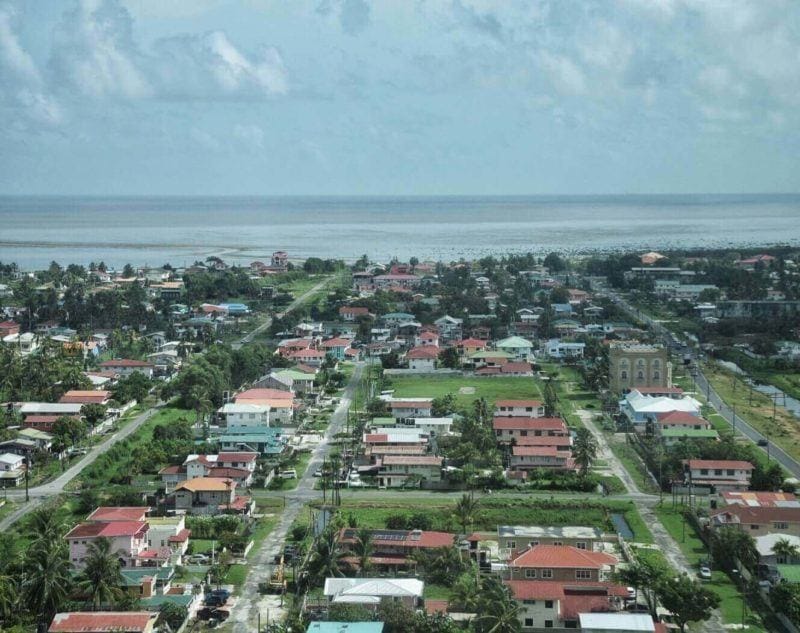

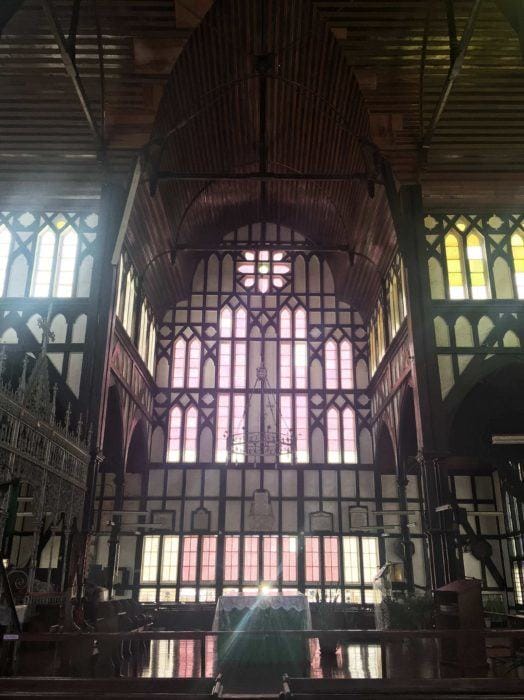
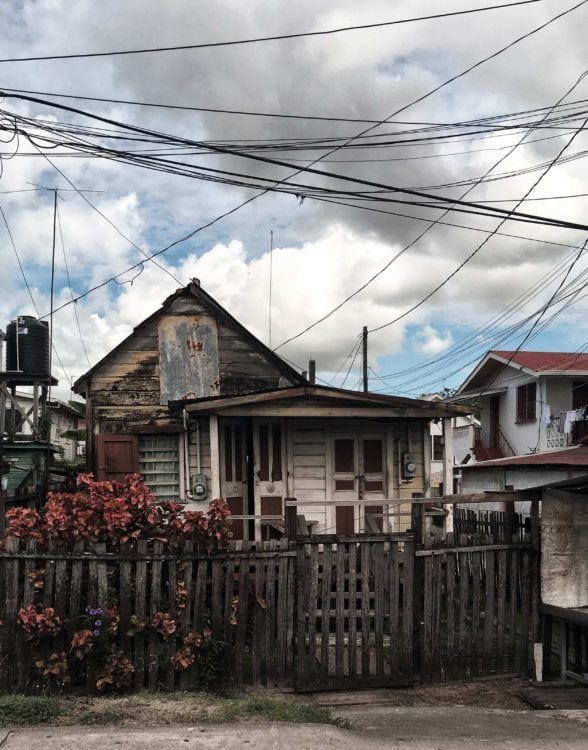
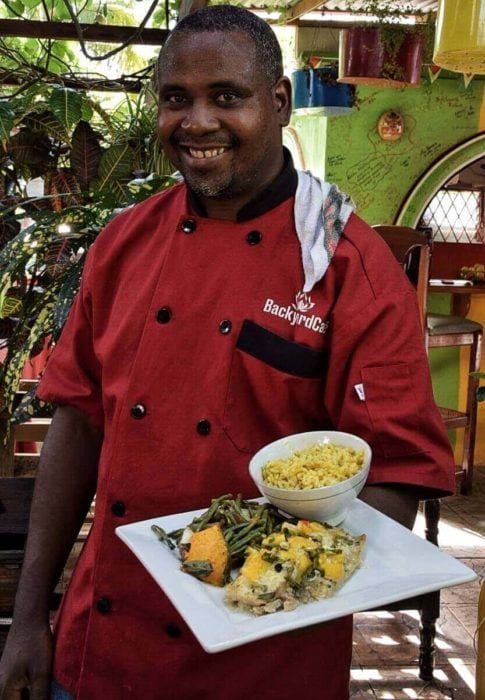



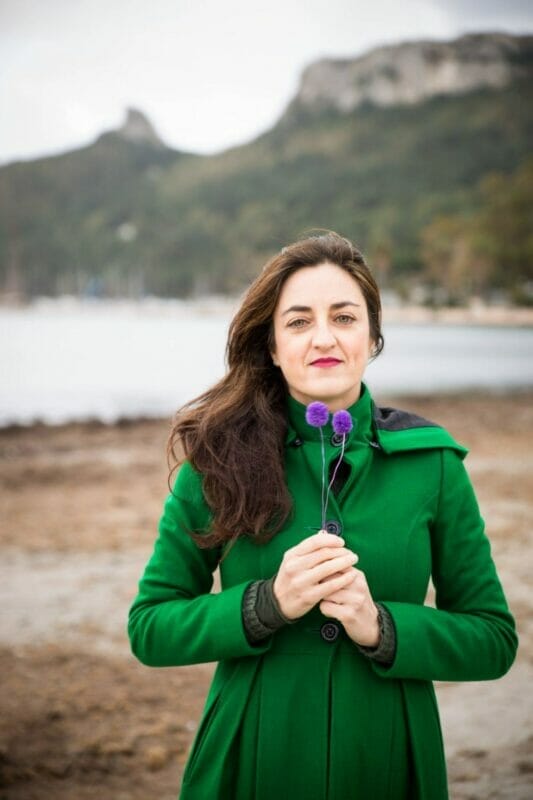
I Love relearning the history about my country after being away from it for 25 yrs, I am so excited to visit this summer, thank you for this reminder of how beautiful my country is.
Ohhhh of course! It certainly was a real discovery for me 🙂
I love my country and while I visit often yet I have not visited several parts of Guyana especially the Esequibo I have been living 30 years away and it always dawn on me first when I am planning my vacation. I love that country and will never give up looking forward to returning.
I hope you get to go soon!
I returned from Guyana this morning did some of the things I did whilst growing up.
It felt great to be back after 7 yrs,even though the weather had a disadvantage on my mini vacation,overall it was a good stay.
Visit Guyana #
Was it terribly hot or did it rain a lot?